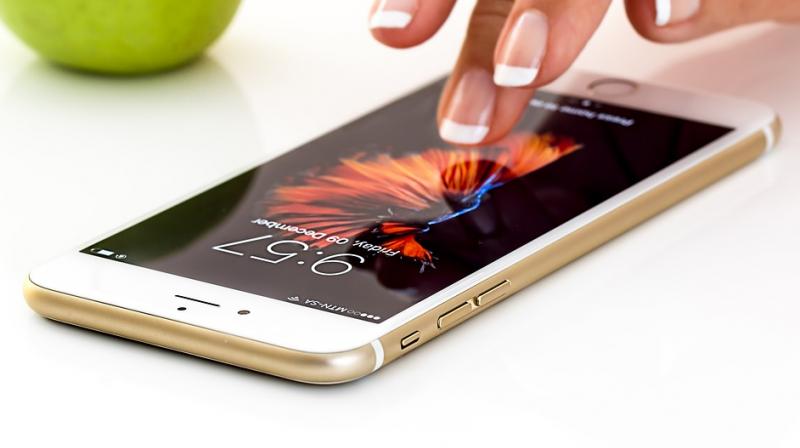Zero-waste mobile phones come closer to reality
Researcher says discarded cell phones are a huge, growing source of electronic waste.

Researchers have hit a milestone in a quest to safeguard the environment and reduce the e-waste as much as possible. The scientists at the University of British Columbia perfected a process to efficiently separate fibreglass and resin - two of the most commonly discarded parts of a cellphone - bringing them closer to their goal of a zero-waste cellphone.
It's one of the first processes to use simple techniques like gravity separation to cleanly lift organic resins from inorganic fibreglass.
"Discarded cell phones are a huge, growing source of electronic waste, with close to two billion new cell phones sold every year around the world and people replacing their phones every few years," said lead researcher Maria Holuszko. "The challenge is to break down models that can no longer be reused into useful materials--in a way that doesn't harm the environment."
Most e-waste recycling firms focus on recovering useful metals like gold, silver, copper, and palladium, which can be used to manufacture other products. But nonmetal parts like fibreglass and resins, which make up the bulk of cellphones' printed circuit boards, are generally discarded because they're less valuable and more difficult to process.
They're either fed to incinerators or become landfill, where they can leach hazardous chemicals into groundwater, soil, and air. Holuszko was determined to find a better recycling solution.
"The key here is gravity separation, which efficiently separates the fibreglass from the resin by using the differences in their densities. The separated fibreglass can then be used as a raw material for construction and insulation. In the future, if we can find a way to improve the quality of the recycled fibreglass, it may even be suitable for manufacturing new circuit boards," said researcher Amit Kumar. The study appears in the journal Waste Management.

